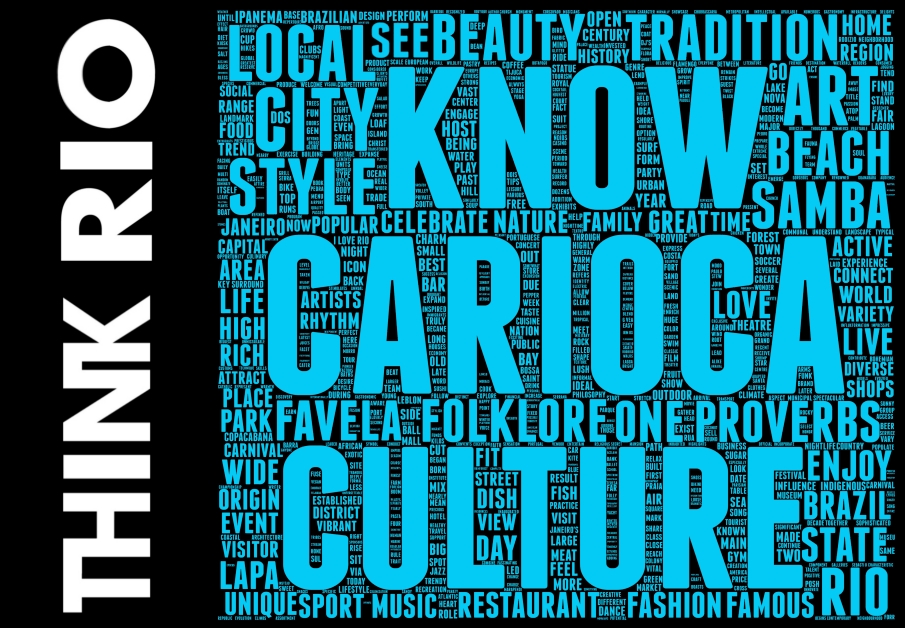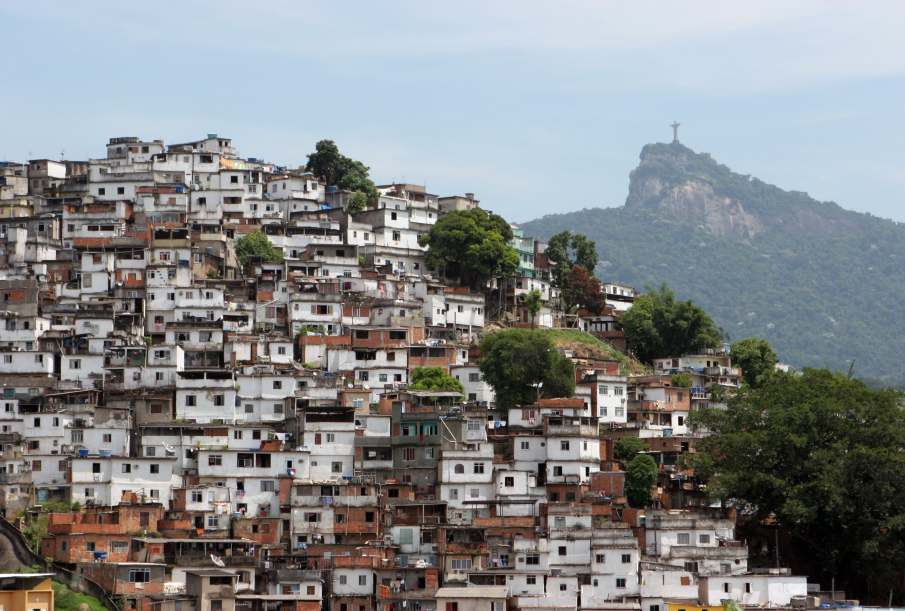

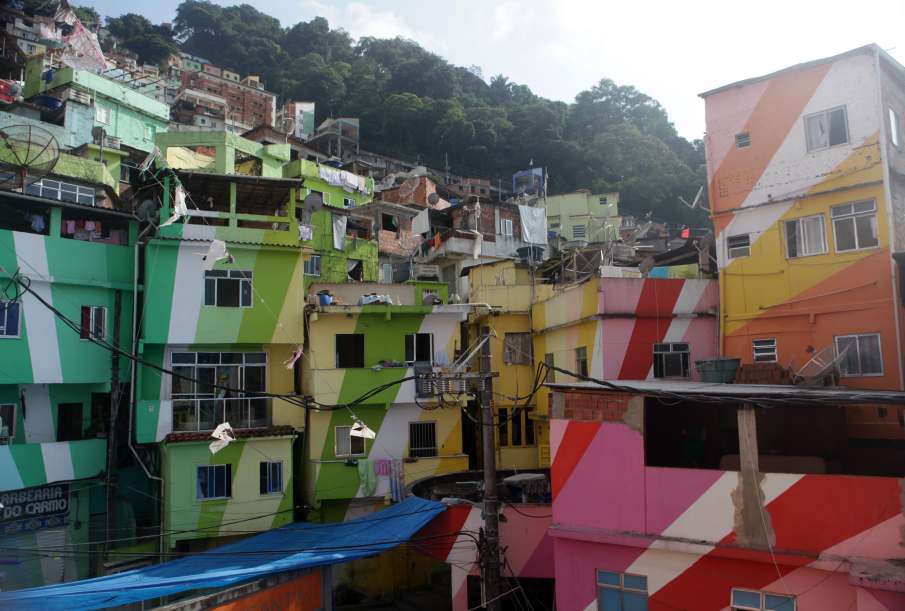
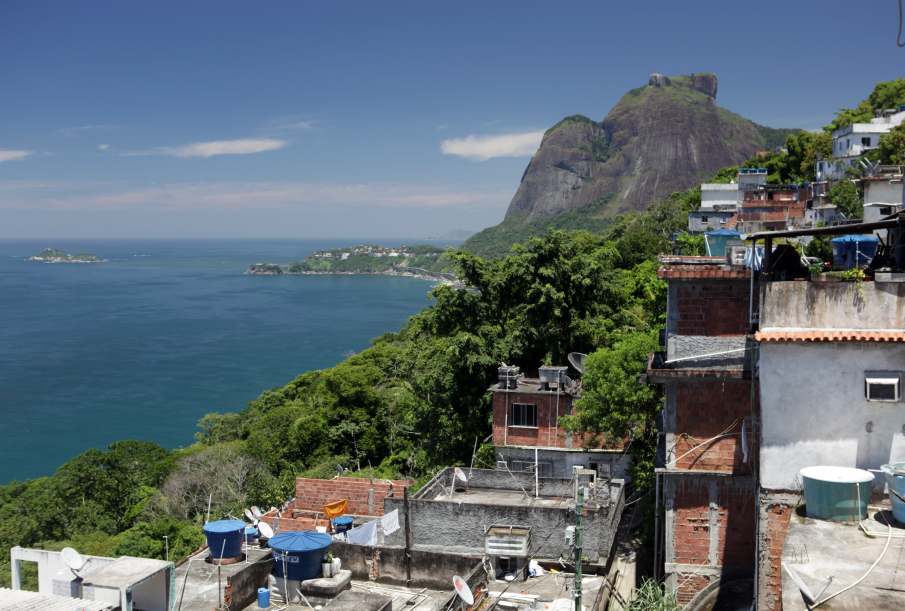
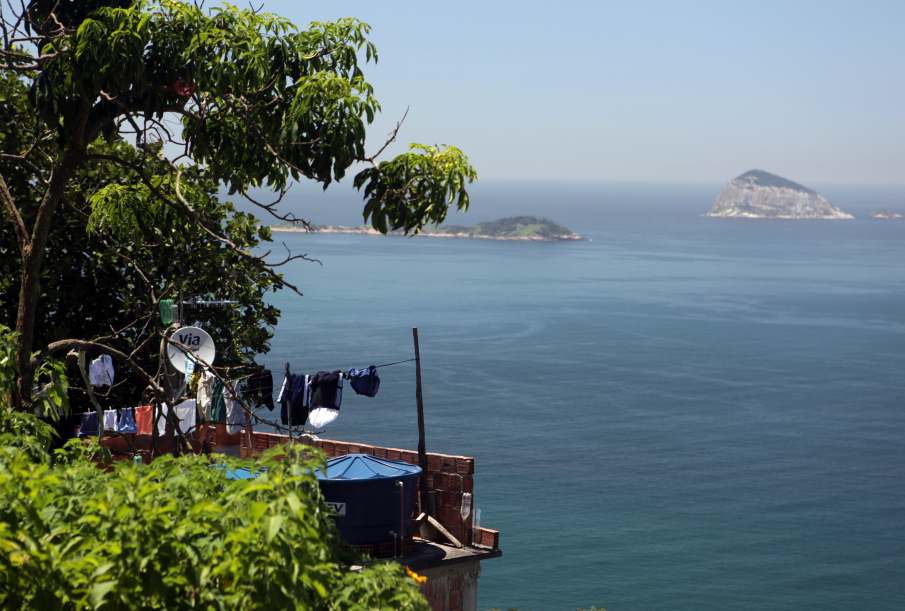
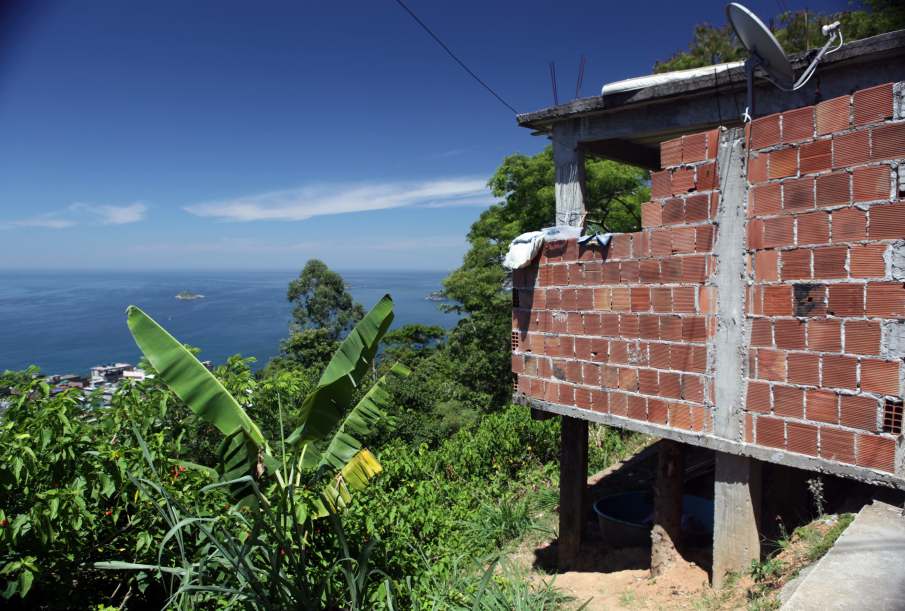
in the late 1920's, this area was home to many small farms where mostly portuguese and spanish immigrants cultivated coffee and vegetables - in portuguese, a small ranch is called 'rocinha,' hence, the neighborhood's name. when the roads to the area were paved, easier access allowed settlements by people who squatted the land.
in the 1940's, the brazilian economic crisis caused people from the city to move into the area, and in in the 50's, a wave of migrating workers from northeastern brazil settled in rocinha.
in the 60's and the 70's, the construction of the tunnels rebouças and dois irmãos provided more logistical integration into the city and facilitated employment for residents of the community.


